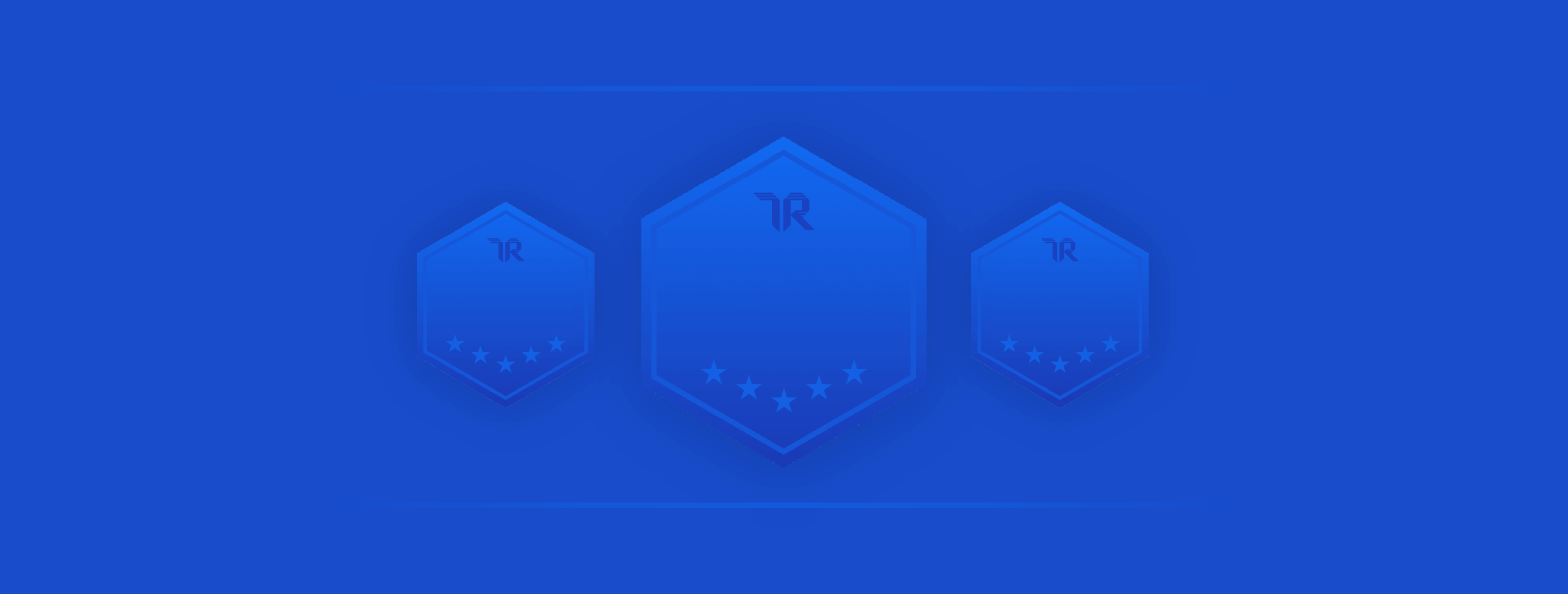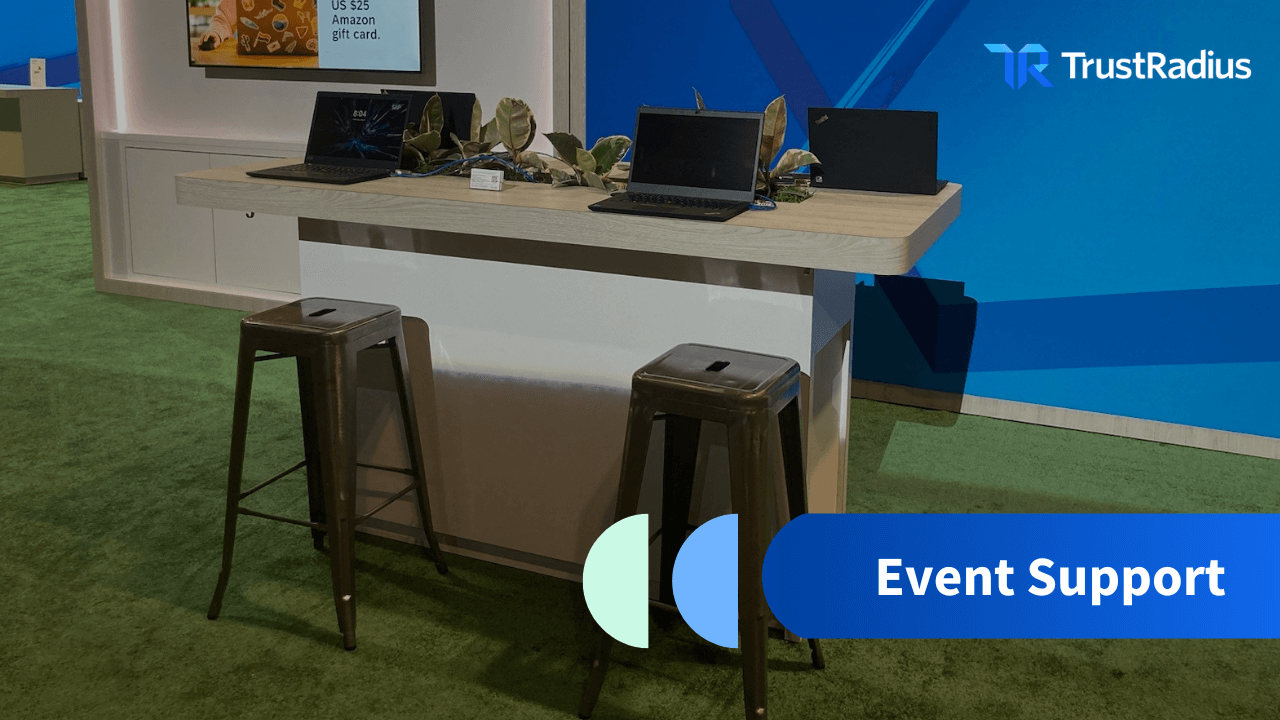What is Second-Party Intent Data?
Buyer intent is everywhere, however, it’s not well understood by many B2B marketers. Only 40% of marketers today are using some type of intent data, and most B2B marketers don’t realize there are different types. Third-party data is the most used today. New on the scene is second-party intent data, which is another entity’s first-party intent data you can access. Like any data set, what intent data can tell you varies based on the source from which it is derived.
Different types of intent data
Buyer intent data is derived from aggregated online behavior. These signals can come from many different sources. For example, do the intent signals come from your own properties or from keyword searches across various media websites or specific actions a buyer takes on a review site? These first-, second-, and third-party sources can all be used in sales and marketing strategies, but it’s important to know.
Many popular intent data sources are third-party providers that have publisher co-ops aggregating search and content consumption to monetize as topic and keyword search data. Major players in the space range from pure intent data providers to activation platforms that ingest first-, second-, and third-party sources.
What is second-party buyer intent data?
Second-party intent data is first-party intent data that comes from another company. Marketers are able to purchase this data directly from the source through an intent data partnership.
Second-party intent data is new, with relatively few companies offering it in the market. Right now, the main second-party intent offerings in the B2B world come from software review platforms like TrustRadius, which collects bottom-funnel signals from an audience of in-market buyers.
This type of data is sometimes referred to as downstream intent. This data is highly valuable, since it’s derived from real buyers who are reading reviews, running product comparisons, and checking pricing of your product and competitors’. It’s often the next best thing (after your own first-party data) in terms of signal strength and impact. Activating this data in digital campaigns will increase your return on ad spend (ROAS). Some marketers saw a 30% boost in ad performance when using second-party intent data in their campaigns. Others saw up to an 81% increase in account engagement.
How to get better second-party intent data
Quality second-party intent data from a source like TrustRadius is dependent on the content on their site. To put it simply, a company would need to have a profile and content on that profile, like a description, pricing, and customer reviews. Depth of reviews has the most impact. The recency of this content is important as well. You can get started today by claiming your profile on TrustRadius.
To learn more about how to activate the different types of intent, get our in-depth guide.














